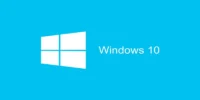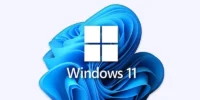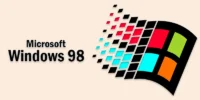What is Time Sharing Operating System, Examples, History, Functions and its Necessity
Published: 25 Jan 2025
Time Sharing Operating System
Did you know that by enabling multiple people to operate on a single computer at once, time-sharing operating systems transformed computing? Ever wondered how a single machine can handle so many tasks at once without breaking down? Many users struggle with slow systems that can’t handle multitasking efficiently, and that’s where time-sharing shines—it ensures every user gets their fair share of resources. Let’s dive into this fascinating system that makes modern computing smarter and faster.
What is Meant by Time Sharing Operating System
The term time sharing refers to an operating system that enables the simultaneous use of a computer by quickly and fairly allocating its resources, including CPU time. It makes sure each user gets a fair amount of the computer’s power.
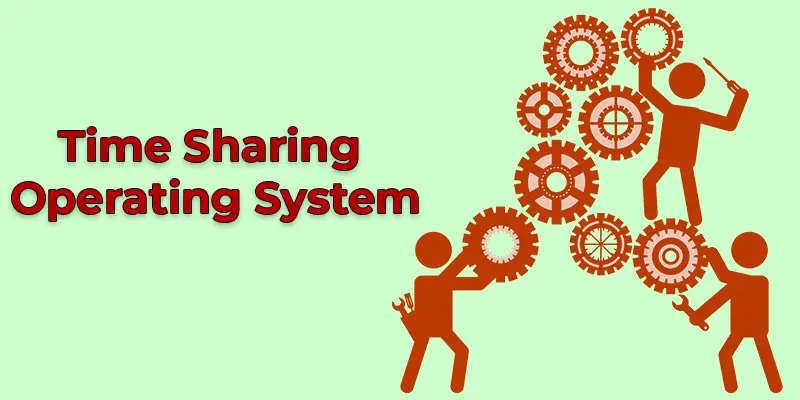
Examples Of Time Sharing Operating System
- Unix: Widely used for multi-user environments in servers and networks.
- Solaris: A version of Unix that allows multiple users to share resources efficiently.
- Windows Server: Supports remote access and multi-user tasks.
- Multics: An early system that introduced the concept of time-sharing.
- macOS (Server): Handles multiple users on shared systems efficiently.
What is the History Behind Time Sharing Operating Systems?
The history of Time Sharing Operating Systems (TSOS) dates back to the 1950s and 1960s when computers were expensive and only a few people could use them at a time. Early computers were designed to handle one task at a time, which made them inefficient.
To let numerous users to access a computer at once by sharing its resources, like CPU time, scientists and engineers started creating TSOS in the 1960s. This was done by quickly switching between tasks, giving the illusion that the computer was working on several tasks at once. The first major time-sharing system was Multics, developed in the 1960s, followed by Unix in the 1970s.
How did they Evolve to Shape Modern Computing?
Over time, time-sharing systems evolved, making computing more accessible, affordable, and efficient, and they paved the way for modern multi-user and cloud computing environments. Today, almost all operating systems, like Windows Server and Linux, use time-sharing to manage resources for multiple users.
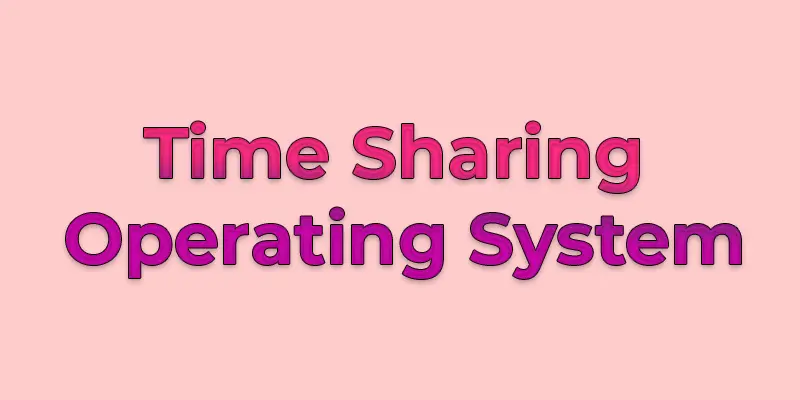
Functions of Time Sharing Operating System
- Multitasking: Allows the computer to handle multiple tasks at the same time.
- Fair Resource Allocation: Divides CPU time equally among all users or tasks.
- User Interaction: Lets many users interact with the system at once, in real-time.
- Process Scheduling: Decides the order in which tasks get CPU time.
- Quick Task Switching: Switches between tasks so quickly that it seems like everything is running at once.
- Efficient Use of Resources: Ensures no system resource (like CPU or memory) is wasted.
- Security Management: Keeps each user’s data separate to ensure privacy.
Time-Sharing Operating System and its Necessity
Multiple users can utilize a computer system simultaneously thanks to time sharing operating systems. It swiftly gives each user a turn by breaking up the system’s time into manageable chunks. This makes the computer feel fast and responsive. For example, in offices, many people can work on the same computer network without waiting for others to finish.
Time-sharing is necessary because it increases efficiency. It reduces idle time for both users and the computer. It’s also cost-effective since one computer can serve many people instead of each needing their own. This system is common in schools, offices, and businesses where teamwork and shared resources are important.
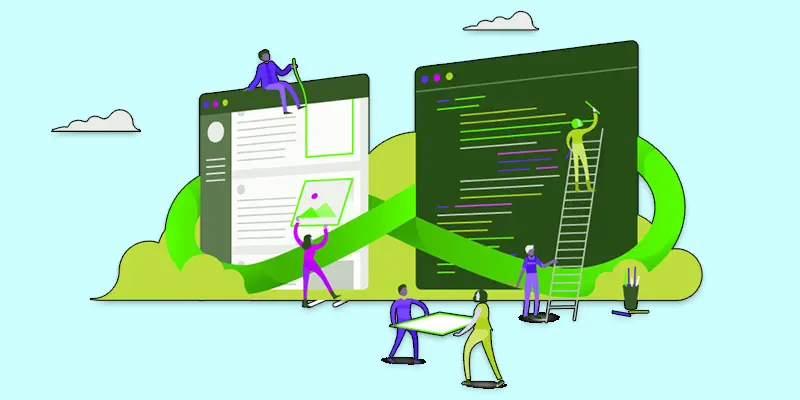
Conclusion About Time Sharing Operating System Functions
In this article, we’ve covered Time-Sharing Operating System in detail. From its history to how it works, it’s clear that TSOS plays a key role in modern computing. If you’re looking to understand more about multitasking or even start using a TSOS yourself, I highly recommend exploring systems like Unix or Linux. Don’t hesitate to try them out and experience the power of time-sharing. Let me know your thoughts and share your experiences in the comments below!
FAQS – History of Time Sharing Operating Systems
Time Sharing Operating Systems were introduced during the third generation of computers, which began in the 1960s. This generation saw the use of more advanced computers that could handle multiple users at the same time.
Time Sharing Operating Systems work by quickly switching between tasks, giving each one a small amount of CPU time. This allows many users or programs to run at the same time without slowing down the system.
The Time Sharing task of the Operating System is also called multitasking. It helps the system manage and switch between multiple tasks or users at the same time.

- Be Respectful
- Stay Relevant
- Stay Positive
- True Feedback
- Encourage Discussion
- Avoid Spamming
- No Fake News
- Don't Copy-Paste
- No Personal Attacks

- Be Respectful
- Stay Relevant
- Stay Positive
- True Feedback
- Encourage Discussion
- Avoid Spamming
- No Fake News
- Don't Copy-Paste
- No Personal Attacks


